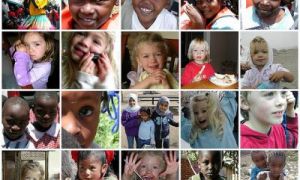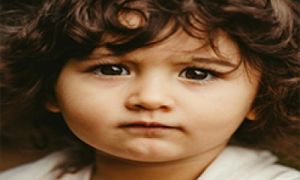Anti-bias experiences are about guiding children to be able to think about and have words for how people are the same and how they are different. It includes helping children feel and behave respectfully, warmly, and confidently with people who are different from themselves. It includes encouraging children to learn both about how they are different from other children and about how they are similar.
The anti-bias experiences are associated with a methodology of educational approach where the educator irradicate the differences between inner and outlook of an object, or which say maybe there is a difference of shape, colour, the texture of certain things but they have the same origin. The anti-biased educational approach mainly aimed to ignite self-awareness, to give positive social identity, to make them feel proud of their family and origin, and thus to make a child more confident. Anti-biased approaches talk about an educator’s responsibility of nurturing a child’s social and personal identities, giving confidence, and illuminating confidence in them.
Here are tangible experiences on bringing culture into the early childhood environment including anti-bias themes and experiences across a variety of areas.
Exploring Hair
Educators should ask children to touch their hair, to feel the texture and colour, and to look at the mirror. Then they should be introduced with different colours and textures f the hair around the world through pictures. Let them describe all are named as hair though they have different texture colour or style. Educators can show that in how many types of hair can be tied up. Explain to them that hair can be tied up by clips, bands, turbans, and so on but the purpose of the work is to tie up the hair only.
Everyday Images
Try to show children everyday common accessible things with which they can relate. For example, one can show the pictures of different types of houses around the world and make them understand that maybe the styles are different but the purpose is to protect its inhabitants.
Family
Educators can describe the family with various family trees. Such as this is Joe, who is married to Helena and they have a daughter Noah, they are family. On the other hand, Hazel is living with her aunt. They are also family. In both the cases, the main ones are family but the numbers of members and relationship with each other in the family are different.
Mothers and Babies
Educators should gather some mother and babies photos from around the world to show similar features and similar cultural heritage. One may use animal mothers and babies (like cat and kitten) or humans to show them uniformity of relation, looking irrespective of place.
Crack The Egg
Take an egg and crack it to show the differences between inner and outer layers. An egg is made with both shell and yolk.
Bread Party
It is a very interesting activity to perform with children. Educators should collect various forms of bread such as naan, cornbread, tortillas, matzo, pita, scones, etc., and explain that all of them are made with flour. So, the origin is the same. They all are bread but taste differently (after making them taste each item).
Dough Activity
Give the children multi-coloured dough and tell them to mix and match and to create a different colour or tell them to create the colour with which their skin matches. Explain to them when at first, they were given dough, they have different colour and now after mixing and matching, they are started to look different though still, they are the dough only.
These experiences should support children to feel strong and proud of who they are without needing to feel superior to anyone else. It means children will learn the accurate, respectful language to describe who they and others are. Educators should support children to develop and be comfortable within their home culture and within the community culture.
Reference
Anti-Bias Curriculum, Carrots and Orange




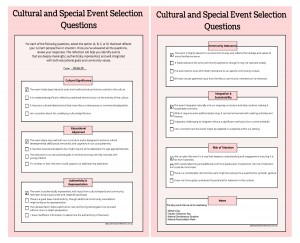

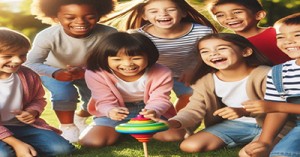
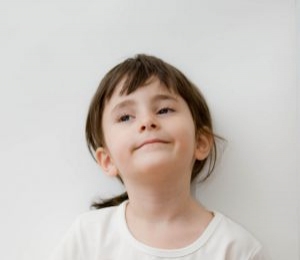 Open ended questions cannot be responded to with one word answers such as yes or no. These types of questions enables a child to provide
Open ended questions cannot be responded to with one word answers such as yes or no. These types of questions enables a child to provide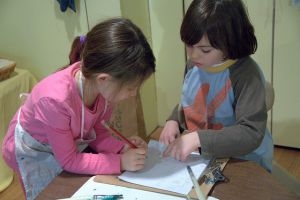 During your child’s preschool years, an important milestone begins to emerge. This is the development of pre-writing skills. Pre-writing skills are used to encourage, develop
During your child’s preschool years, an important milestone begins to emerge. This is the development of pre-writing skills. Pre-writing skills are used to encourage, develop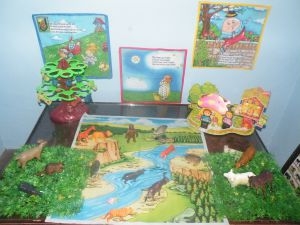 Open ended materials enables children to play freely. They are objects that have no rules to follow, use or function. Raw materials that can be
Open ended materials enables children to play freely. They are objects that have no rules to follow, use or function. Raw materials that can be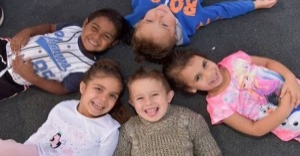 An Acknowledgment of the Country is a way of showing respect for the Traditional Owners and can be given by both non-Indigenous people and Aboriginal
An Acknowledgment of the Country is a way of showing respect for the Traditional Owners and can be given by both non-Indigenous people and Aboriginal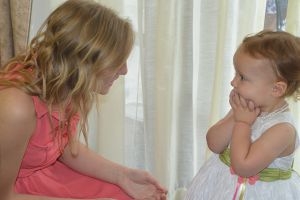 Language plays an important role in a child’s development. It enables a child to communicate effectively with their family, learn at school, socialize with friends,
Language plays an important role in a child’s development. It enables a child to communicate effectively with their family, learn at school, socialize with friends,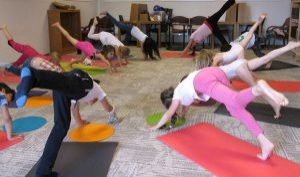 Like adults, children have to deal with their own stress in life. Moving house, starting a new school, preparing for a new sibling - these are
Like adults, children have to deal with their own stress in life. Moving house, starting a new school, preparing for a new sibling - these are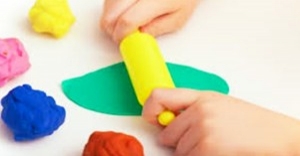 Playdough is such a versatile material. It provides numerous benefits to children as they manipulate it, it is safe and soothing and provides children with
Playdough is such a versatile material. It provides numerous benefits to children as they manipulate it, it is safe and soothing and provides children with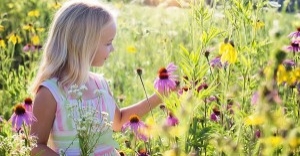 Teaching children about sustainability enables them to appreciate and respect the natural environment. Early childhood services can provide meaningful hand on learning experiences in order
Teaching children about sustainability enables them to appreciate and respect the natural environment. Early childhood services can provide meaningful hand on learning experiences in order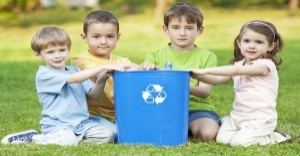 Recycling is an important concept that teaches children to care for the environment. It encourages children to be responsible and show a growing appreciating for
Recycling is an important concept that teaches children to care for the environment. It encourages children to be responsible and show a growing appreciating for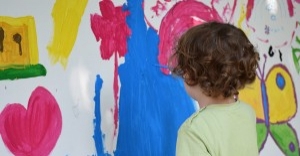 When children apply paint to paper, glue things together, or pound a lump of clay, they experiment with colour, shape design and texture.
When children apply paint to paper, glue things together, or pound a lump of clay, they experiment with colour, shape design and texture.

